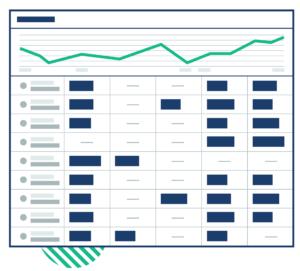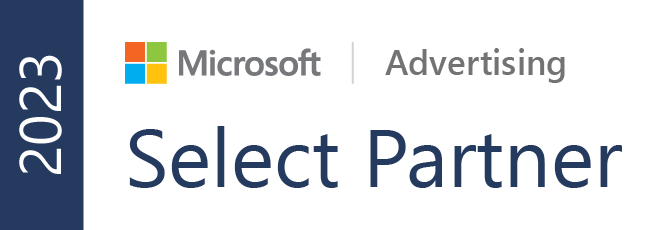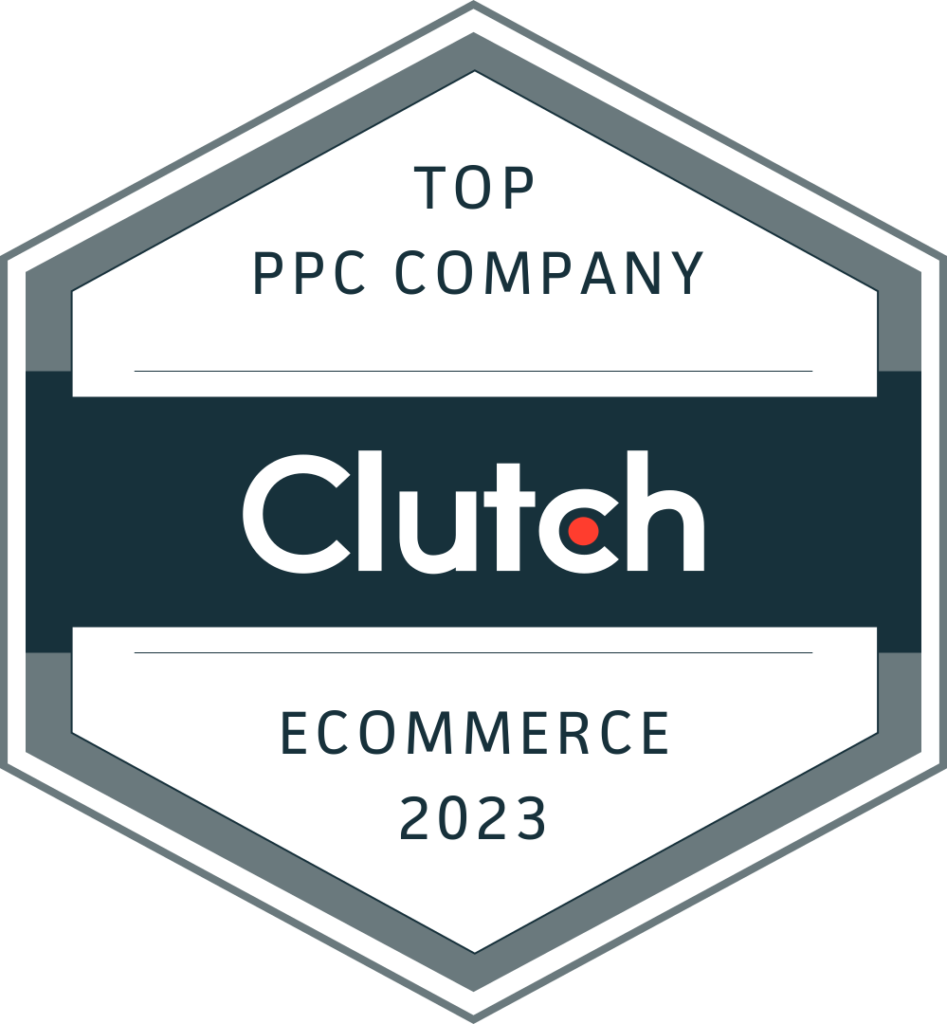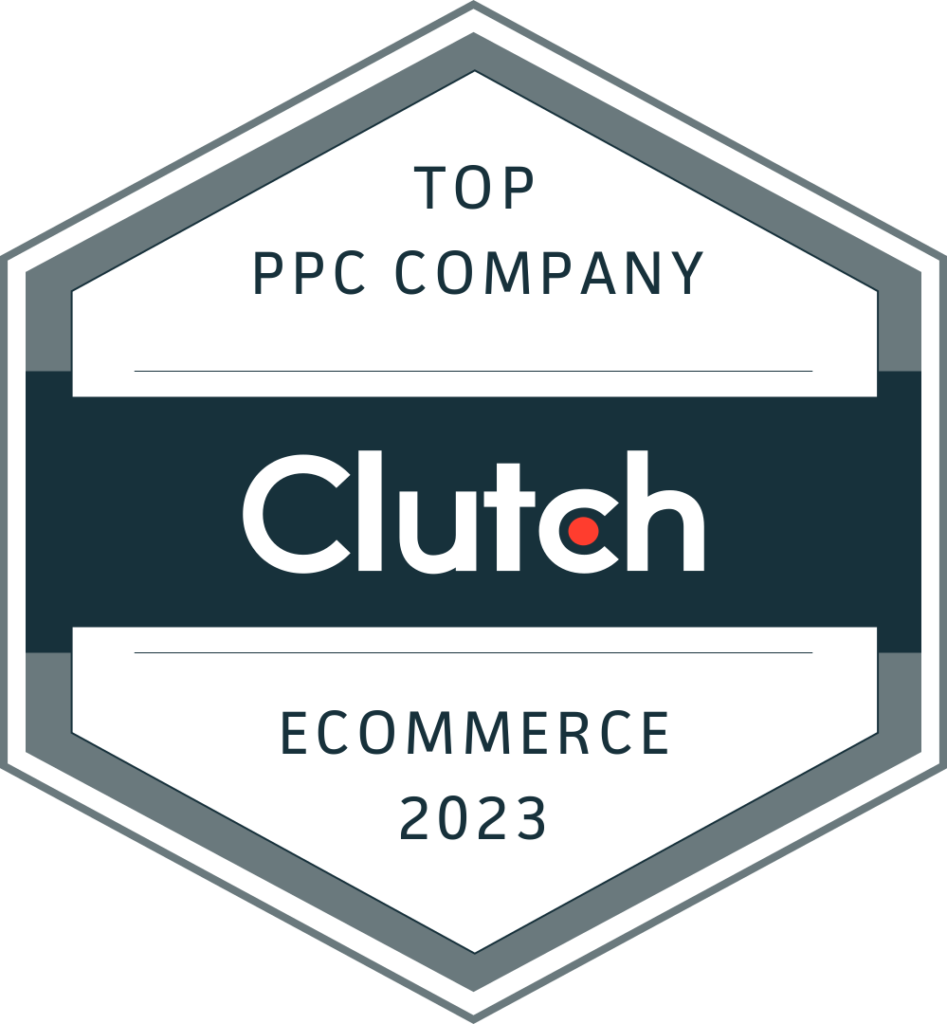
Episode 9
The #1 Metric Ecommerce Brands Need In Order To Scale
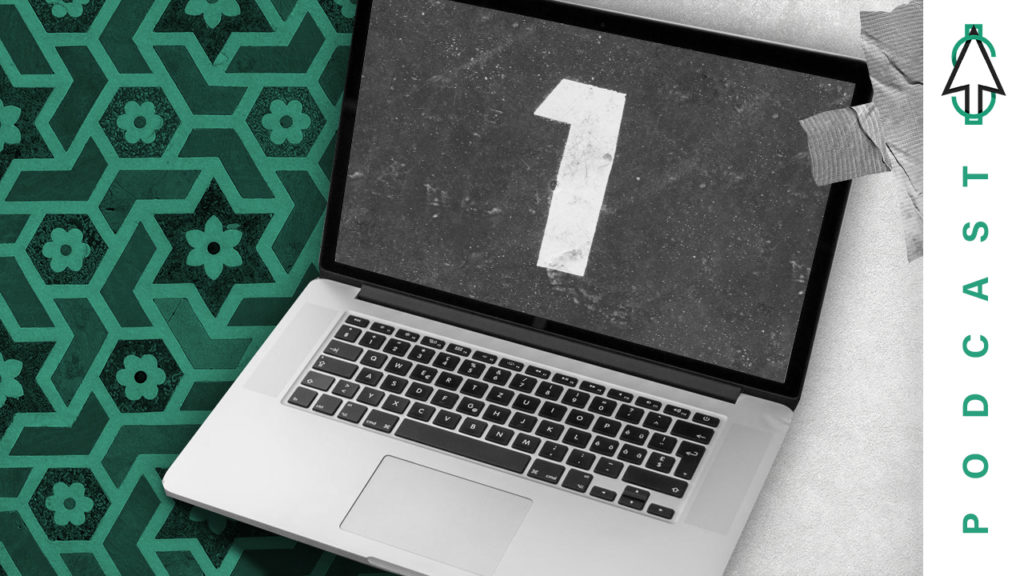
Watch
Alright. Thank you for tuning back into paying for attention. Today we are going to be talking about the number one metric ecommerce brands need in order to scale. I’m Daniel Dannenberg, and I’m here with our host, Keegan Brown. So let’s get things going for alright, Kegan, let’s talk about the number one metric ecommerce brands need in order to scale. What are some of the most important factors that we’re seeing and growing ecommerce brands?
So I mean, we’re going to be talking about a couple, but I think one of the most important ones in it’s one that we speak to hundreds of ecommerce brands over the last few years. And lifetime value is something that I think brands still need to now understand and utilize to really scale their brands. And so today we’re gonna be talking about why it’s important, how to do it and how to grow your revenue once you have it.
Cool. So tell me a little bit more, especially about brands that have a lot of products that people love. Obviously people will keep coming back and the purchase. So that’s important to know what is people coming back and bringing revenue in. But tell us a little bit more about how to understand kind of like what a profitable cost per acquisition is.
Yeah. Well, I think the one thing you touched on is that people don’t just usually buy from a brand once. If that’s the case, it’s pretty easy to find your LTV, it’s that one purchase. So then you’re good. But as we know and as you probably are in your personal life, you probably have a couple of brands, whether it’s clothes or food or music, anything like that or technology. Obviously you probably buy several time throughout your lifetime with them. And so it’s important to know how much those people are worth in terms of revenue, how much revenue they’re bringing in for your business.
But this also starts to help you understand what a profitable cost per acquisition is and really understanding how much you can put into your ad campaigns and what your you know what your break even point is and how much you need to actually spend to get a customer and knowing that it’s going to be profitable over the lifetime. So when you’re running ads and let’s just say you’re breaking even on Google ads, but you’re only acquiring new customers, are you profitable?
Right?
Maybe probably assuming that a portion of those people are coming back and purchasing later on, whether it’s the same product or accessories for that product or service and maintenance for that product, they’re coming back and spending more money with you. You’ve already acquired them once. You’ve already paid for that. Now you’re just making profit every time they come back and purchase for the most part.
Yeah. So what about what about customer retention? How do we deal with that?
Yeah, I think that’s to the point when people are coming back and purchasing you’re putting likely money into your marketing to email them to have your sales team give them a call to on certain sales and promotions to those customers. Right. And so you can kind of get an understanding of how much money you should be putting into your customer retention and actually being able to measure that. And I think that’s really important. A lot of people I know we will do certain things for our curtain current clients.
And whether it’s doing some value at work for free or anything like that or spending some extra time really helps grow that lifetime value. And we can actually measure how much we should be putting into that for each one of our clients. And people should be doing that for their customers. And so they know that, hey, we’re spending way too much money on our email platform or email service or whatever or whatever you’re doing and being able to shift that budget back into acquiring new customers.
See, I knew you had a little bit more. That’s why you’re talking about repeat customers. I got to use that keyword retention. Alright. Good. So that begs the question, how do you get your LTV for your ecommerce site? How do you get it going?
Yeah, that’s a good question. I think this is can get a little technical. So please bear with me. But if you’re using Shopify or WooCommerce, they kind of give you an overall LTV. And the most simple way to do that is take all the revenue that you’ve made and divided by the customers, the number of customers of unique customers that you have, and that would give you a number. Right. But what we’ve found is that that’s not super accurate based on several different factors. So one of the things that we’re going to do here is there’s a lot of different models to actually calculate your lifetime value within your ecommerce site.
But one of the easy ones that we can get started with first download your customer data. Let’s do some spreadsheet work here. And basically what you want to start doing is numbering each one of your customers on a scale could be one to three or one to five. And the different factors that you want to look at is how many orders? So there’s going to be a certain amount of people who’ve only ordered once, a certain amount of people who’ve ordered between two and maybe five times, and a certain amount of people who’ve ordered maybe five plus or five to ten.
You can keep going on based on what your data telling you, the total revenue, because not all orders are equal. Right? There’s different average order values. So the total revenue that that customer has actually given you or made you, and then the recency of their last purchase. So keeping that in mind, especially when you look at from the very first purchase and that starts to give you an idea of your of your repeat purchase rate, as well as just consumer behavior within your own customers. How often am I buying?
What are they buying is always the same or average order value. Is it do they buy something this month? And they buy three things next month and they buy one thing next month, what products get them in and actually keep them coming back? So there’s a lot of data you can pull from this D and start to get off of the tangent. But basically the recently the last purchase is the other ranking. And from here, what you’re going to do is create a weighted average of those rankings and start to segment them into low, average and high LTV groups.
And this will start to tell you, okay, the people who are buying maybe the least amount of orders, the least amount of revenue or average order value. And maybe their last purchase was over a year ago. That that’s not very recent, right? So that’s your low group, and maybe they’re worth an LTV of $100, but then your middle one, they’re buying a handful of times. They are purchase in the last six months and their average order value slightly higher than the other group. Their LTV is maybe $225.
And then you got your high ones who maybe purchase a lot of every month or the huge quantities. Right. And maybe their recency is pretty recent. Maybe their LTVs more than the 600 or $700 range. That starts to give you an idea of those different groups and how to segment them.
What about I hate to take this on a little Sidebar real quick, but you talk about ranking or scaling your customers between one to three or one to five and seeing a little bit more information about that. But with the Sidebar, is there more audience information you could actually gather from that, like demographics and things like that to actually use to target again to build up more clientele like that?
Definitely. I think there’s always going to be some limitations with the platform that you’re using. So the default kind of customer data that you’re going to get from WooCommerce or Shopify is going to be a little limited. But there are ways that you can start to add in there, especially from paid media that you can kind of filter through using Utms and hidden form fields. But filter that through to give you channel data to give you audience and demographic data keyword data. And that allows you to start to match your LTV by persona.
You probably already have some good ideas of how that’s working and what your persona is. Actually LTV is, but this helps kind of match and be data backed completely and starts to you thinking of ideas of how to and we’re getting a little bit ahead here. But to use that data to actually change your marketing for those different audience segments.
Awesome. Now what about things like a lot of e commerce sites have seasonal, right? They’re seasonal. So there are sales around like Black Friday, Cyber Monday, and all other types of holidays. How do we factor in seasonality?
Yeah. That’s a great question. What’s really cool about this is when you’re doing this type of analysis you can pull and part of the analysis pulling first time customers. You kind of have to see their first time that they purchased. And what you’ll probably see, especially like you said, a lot of ecommerce brands get maybe 20 of the revenue in the holidays between November, December. And because of that, they’re probably seeing a lot of new customers during that time. Right. First time purchasers. They just heard about the brand.
Or maybe they just figured that now is the right time to buy from them. And they see a lot of first time purchasers throughout that time. And so what’s really cool is being able to see during each kind of seasonal cycle, how many first time purchases are you getting? How many new are you acquiring? And then the next year being able to actually look back and say, how many of them how many new customers that we acquired in November and December actually came back and purchase again?
Is that worth it? Was that ROI worth it for the budget we put towards ads in November and December? And that’s a really fun way to kind of look and see and see that growth over several years. And really using that data for the people who didn’t come back and purchase, ask them, why not? This was just a gift for somebody that you don’t buy it for very often. Is it because your expensive luxury products that they maybe can only afford once a year? And you can do a lot with this?
And you can upload that list to a Facebook and Target or display campaign. Target those people with a specific offer to come back and get their second purchase. You can do the same thing with emails. And like I said, you can use a survey to ask them why they haven’t come back yet and say, hey, did you not like our products because it’s too expensive because it’s just a gift for someone? And that really helps you get some feedback on your product and your marketing. And the one key thing there is don’t email or reach out too early because what you want to do is understand that repeat purchase rate we were talking about earlier and say, okay, most people are purchasing every six months.
So you probably want to wait maybe more like eight or nine months before you reach out to them and say, wife and you purchase it. You don’t want to do that month three when they’re like, hey, it hasn’t even been time yet. Yeah.
So let’s talk about a few takeaways that people can take away with them.
So the first one is if you don’t know your LTV, your rep purchase rate, or have any way to really track first time customer data. Reach out Mega dose can help you and several other agencies, but also there’s plenty of tools and software out there. There’s Shopify plugins that you can utilize. Just get some of this data. But really being able to take this data not only get that metric, but understanding the different segments, how to use that, and having an agency to actually get you to grow your sales and your revenue because you’re able to now target those repeat, custom or bring back those first time, one time purchasers and then actually segment those different audiences to your personas.
That’s really the big key there that’s important. And what an agency like Mega those can do for you. And really the next one is really just don’t use this data just to give to your investors. We work with a lot of ecommerce brands that are trying to get funding. Don’t just give this to your investors and file it away with all of your other reports. Use this data. Like I said, to more granularly segment your customers use for lists such as emails or ads, really improve your marketing, grow your customer retention, and prove your higher average order values.
And maybe you get some feedback on your product and brand. And one cool thing that we’ve seen too, is anytime you have that spike in sales like a holiday season, go back and actually look at the lifetime value of the customers that you acquire during that time. Other things could be a Super Bowl ad. You spend millions of dollars on a super bad. You probably get a ton of traffic to your site, probably get a ton of first time sales or customers. But do they ever come back?
That’s the real ROI you really need to pay attention to. You don’t want to apply an overall average LTV to a very specific spike in sales. Other things are like influencers. If you got a celebrity influencer and you get 400 sales in a day, how many of them have been coming back and see, was it worth paying out that influencer? I think that’s all really important to take away when you actually calculate your LTV.
Very cool. This has all been great information. Is there anything else you need to share with us or what do you think?
Well, we have one bonus takeaway. We talked about how important it is to know your customer acquisition costs. Acquiring a new customer is extremely beneficial to an e commerce brand that’s trying to scale. If you’re just getting that your branded traffic, repeat customers coming back, you’re probably just wasting your ad budget not completely, but it’s definitely something you want to make sure you’re getting, you know, new customers. What you want to try and start doing is tracking new customer acquisition by channel. This is really key in something that I think a lot of ecommerce brands are failing at doing.
And what B to B companies have really done a good job with over the last few years. And this is a way that you can actually generate new customers and LTV and know where to put your budget. We know Google is great at actually generating new customers. Let’s put more money there. Or maybe it’s Facebook, or maybe it’s SEO or Email. What is it that’s driving new customers to you? And that is how you can really use these metrics to scale.
See, I knew it. I knew you guys had a little bit more. And that’s why I asked. This is great information. And thank you for that extra bonus point there. We are thankful for everybody tuning in with this episode of Paying for Attention, and we look forward to seeing everybody next time. Thanks for turning out.
Have a Question?
If you have a question regarding paid media, fill out the form below and we will do our best in answering it in our show.
